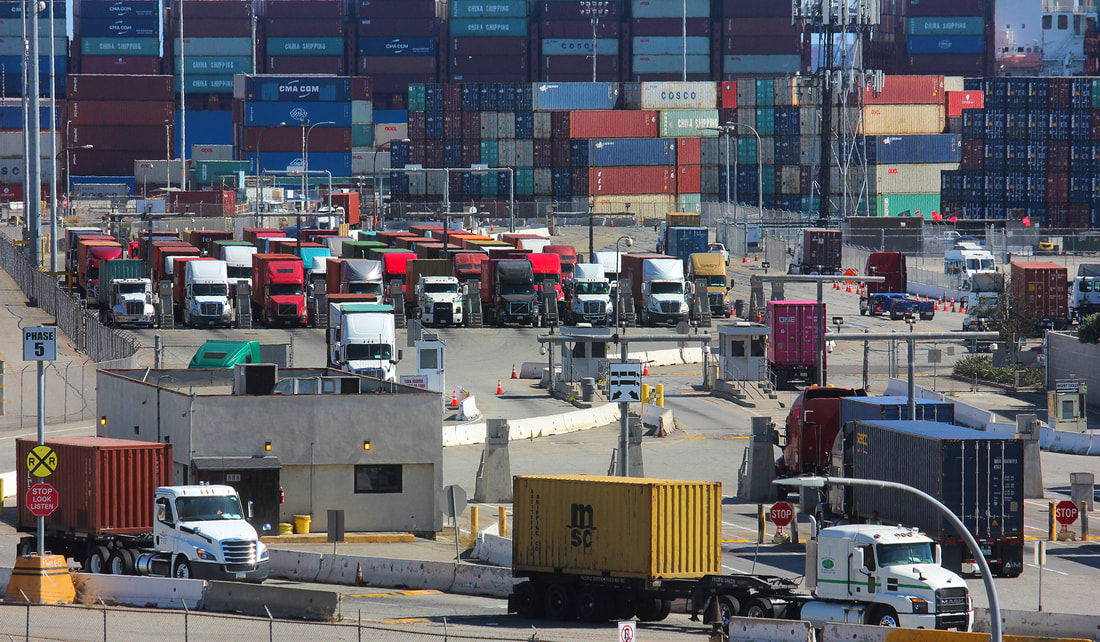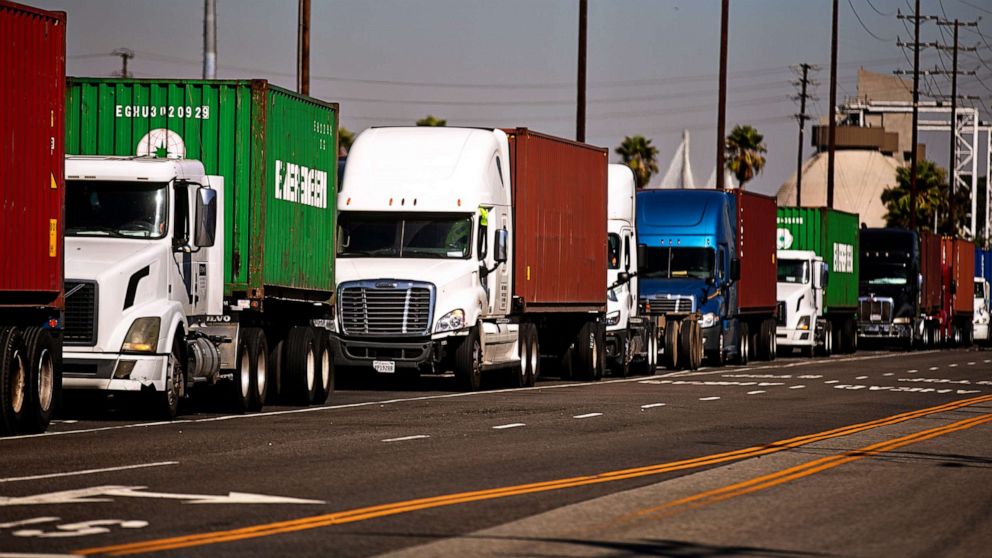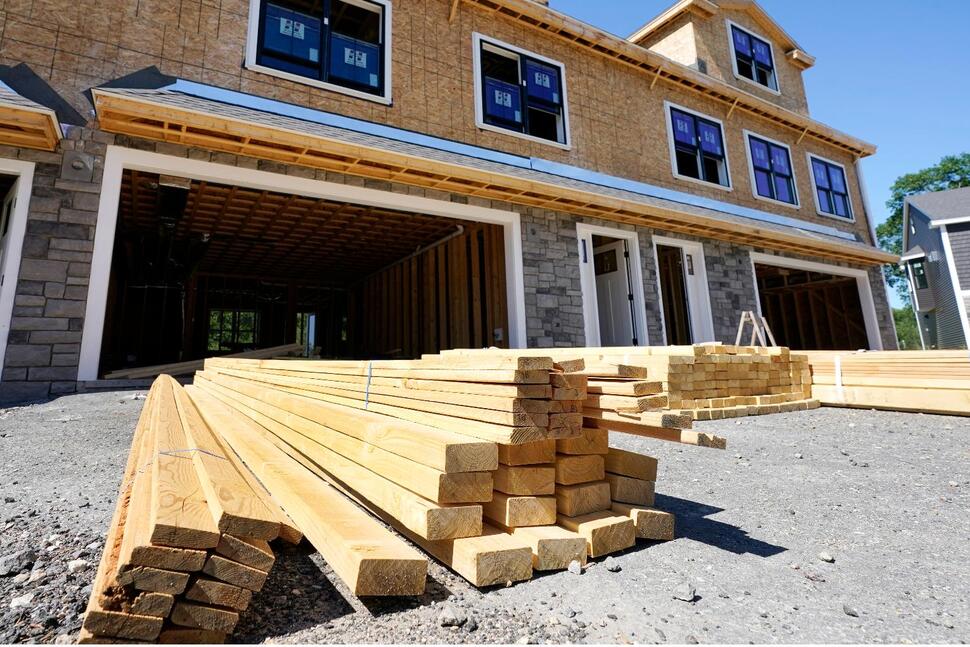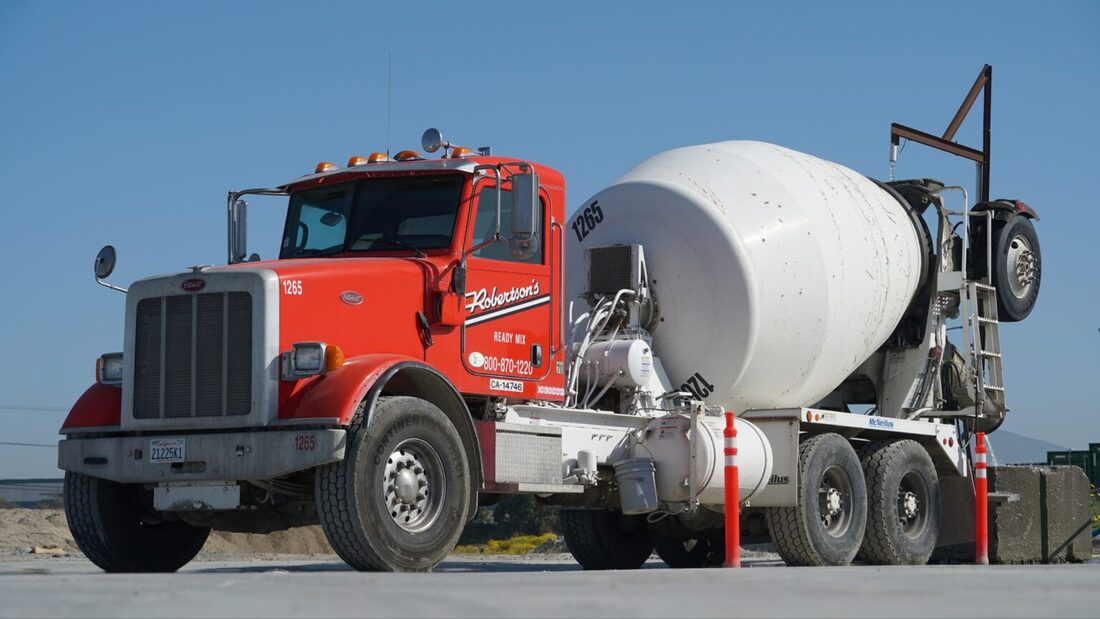When Will Supply Chain Issues (And Resulting Increased Wait Times and Prices) End?—BYHYU 2514/6/2022 From large things like garage doors, to the small things like electronic chips that go into TVs and appliances, the materials that we need to build and furnish our homes are still hard to get. More than two years after the start of the pandemic, supply chain issues continue to cause significant construction slow downs and above average pricing in homebuilding. So when will supply chain issues end? That’s the million dollar question, and the truth is, no one really knows. But there are opinions out there and that’s what we’ll talk about in this post/episode. As you probably realize, the answer to “when will things get back to normal?” is relevant to anyone who’s building or remodeling a house. Because as long as there are interruptions and delays in the supply chain, there will be also be interruptions and delays in construction. Your new build or remodeling project is likely to cost you more time and money than it would if the supply chain weren’t having so many challenges. Let’s talk about exactly what the supply chain is and when experts are predicting a return to normalcy. The supply chain is defined as the entire process of making and selling materials and goods—from acquiring raw materials, to manufacturing, to distribution, and sale. Obstacles in the supply chain wreak havoc on the process of getting products from the manufacturing stage to their final destination. Pandemic induced shutdowns and slowdowns in manufacturing, winter storms, labor shortages and congestions at ports, compounded by record high demands for residential construction materials, have seriously strained the supply chain. And most recently, the supply chain has been negatively affected by exorbitant fuel prices. Problems in the supply chain are making getting and paying for building materials difficult, to say the least. Like we discussed before, the pandemic didn’t eliminate spending. Instead it shifted spending. People stopped spending money at restaurants and on vacations, sporting events and going to the movies. And what they started spending on was stuff for their homes. They bought things that would make them happier and more comfortable in their homes. Or they decided to build brand new homes. People were putting more of their income toward tangible stuff, especially house stuff, rather than experiences. The increase in demand for products, especially in the midst of a season of fewer laborers, put a terrible strain on the supply chain. And when demand is high and supply is low, prices and wait times increase. So that’s the problem. Now, when will it end? According to a writer in the NY times “It will require investment, technology and a refashioning of the incentives at play across global business. It will take more ships, additional warehouses and an influx of truck drivers, none of which can be conjured quickly or cheaply. Many months, and perhaps years, are likely to transpire before the chaos subsides.” Hitendra Chaturvedi, a supply chain management professor with ASU’s W.P. Carey School of Busines said “despite prices being so high, consumers have continued to spend, likely due to savings that have been pocketed over the last two years. Chaturvedi had previously thought it would be the end of 2022 when we’d see improvement in supply chain problems. But now he says “You are going to see this problem potentially stretch out into the first quarter of 2023.” That sentiment is also held by Paul Emrath, vice president of survey and housing policy research with the National Association of Home Builders. He said that the construction industry has a labor problem that predates the pandemic, but it was exacerbated as workers quit or became sick and unable to work at job sites in the last two years. That means even as people return to work, there will still probably be too few laborers. Here’s why this matters to those of us building a home… One source said that the average home build is taking 75 days longer as compared to pre pandemic timelines. Shortages and lead times are averaging 18 to 24 weeks for most for all types of building products. In some cases, materials are available, but contractors can’t get them to the job site. For example, concrete is often readily available, but because of the labor shortage, suppliers cannot get drivers to deliver it. And sometimes when materials are right over a state line, contractors are limited by laws and regulations regarding who can move them and bring them into their state. To keep construction projects from stalling, many builders and suppliers are limiting customer selections and requesting that clients make all selections up front. They also want them to choose alternative products as a backup. That something all of us can do if we’re building. Make selections and purchases as early as possible and have an alternative in mind just in case you can’t get your first or second choice. Builders and homeowners are purchasing materials months in advance and storing them in onsite or offsite storage units. Some contractors are also eliminating the homeowners’ ability to do change orders on their builds so make your selections thoughtfully. To help with production, manufacturers have been reducing their offerings and discontinuing product lines so they can streamline their manufacturing process. If you have very specific plans for what you want in your dream house and you don’t want to compromise or waiver from the ideas that you have saved in Houzz and Pinterest, now may not be the time to build. Waiting for that one specific appliance finish or that one particular tile, may add weeks to months to your build. I talked to one of my builder friends yesterday afternoon and she said she is going to finish up her last two houses that she’s been working on, both of which are large houses that she started more than a year and a half ago. She said she will then take a break from building until the supply chain is back to normal. It may not only be difficult to find materials for your builds, but it will likely be harder to find contractors too. And once you do, both materials and labor will probably cost more than they did before the pandemic. That builder friend of mine said many of her materials have gone up 50% ! And because business is booming, many subcontractors are turning down work that they deem too difficult, too specialized, or too time consuming. It sounds pretty discouraging, I know, and but if you are willing to spend more time and money to build now, there are a few things you can do to protect yourself and your sanity. 1. Consult with an attorney BEFORE entering into a construction contract, even before the design your dream home begins. That way you know what special clauses your contractor is putting into your contract given the state of the supply chain. 2. If you can, request a fixed price for the project. But In this market, many contractors are not willing to bear the entire risk of price increases. Instead, they’re requiring that the price of the project be determined by the cost of the work plus a fee for the contractor. But also get a guaranteed maximum price that you are comfortable with. 3. Be flexible with your selections. Now may not be the time to order tile from China or specialized materials. Flexibility with selections will help with delays and potential price increases. Ask contractors and suppliers which materials they can get readily--where there is no evidence of supply chain disruption. Then make your selections based on that information. And communicate with your contractor and ask him to tell you as soon as he realizes there may be a delay in getting the materials you selected. It is recommended that your contract allows for change orders not subject to overhead or administrative charges if you are placing the change order to avoid significant shipment delays. 4. Consider providing a bonus if the contractor finishes his part of the project early and within the budget. A lawyer advised me to add a liquidated damages clause to my contracts. That clause requires the contractor to pay a daily fee for each day that the project is late beyond the agreed-upon completion date. A liquidated damages clause might help, but it also might hurt your projecrt. I have mixed feelings about it. Yes, it could motivate the contractor to finish his work on time, but it could also motivate him to cut corners so he can finish his work on time. I’m not sure what the right answer is. Building a house with these ongoing supply chain issues is not for the faint of heart. It’s especially difficult for those of us who like to have a plan, a fairly accurate schedule and cost breakdown, and a reasonable level of control. It’s unlikely that you will have any of those things if you decide build now. If you decide you still want to move forward with your build knowing the challenges the supply chain disturbances will bring, I’m wishing you all the best— just be prepared to be flexible and patient. Please remember that the purpose of this podcast is simply to educate and inform. It is not a substitute for professional advice. The information that you hear is based the only on the opinions, research and experiences of my guests and myself. That information might be incomplete and it’s subject to change, so it may not apply to your project. In addition, building codes and requirements vary from region to region, so always consult a professional about specific recommendations for your home. Thanks for stopping by. Have great day.
0 Comments
Your comment will be posted after it is approved.
Leave a Reply. |




 RSS Feed
RSS Feed